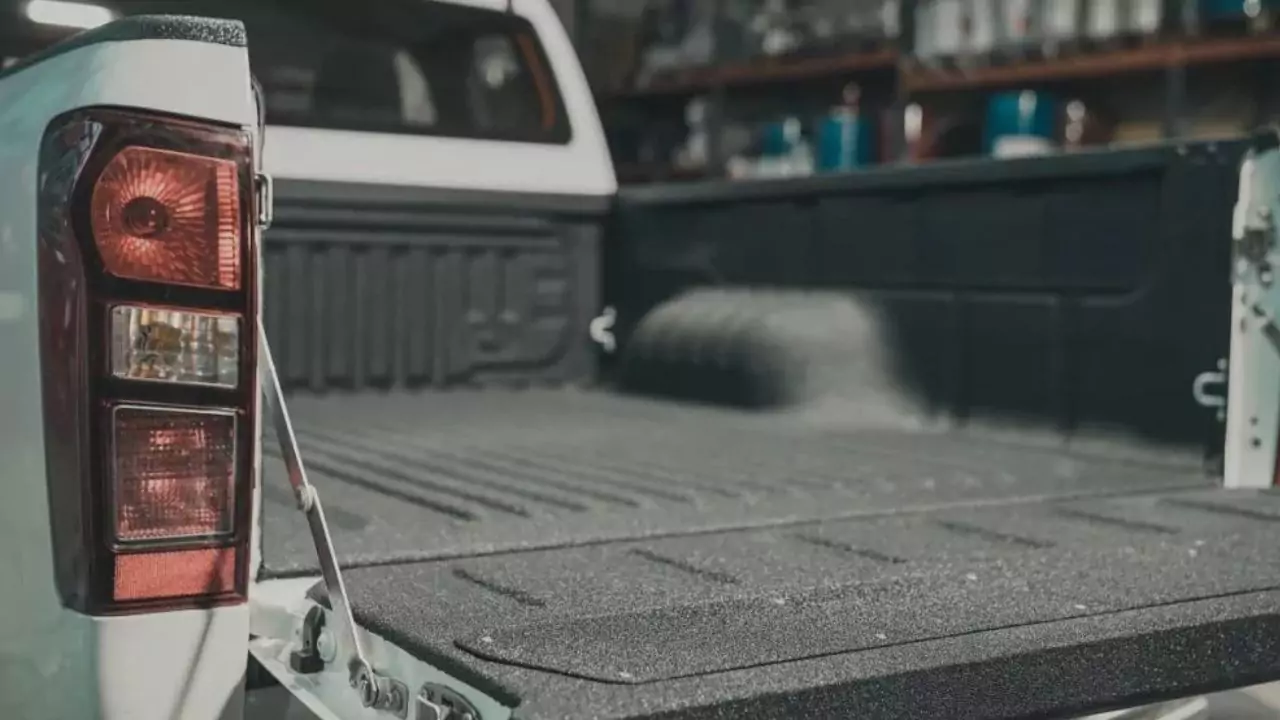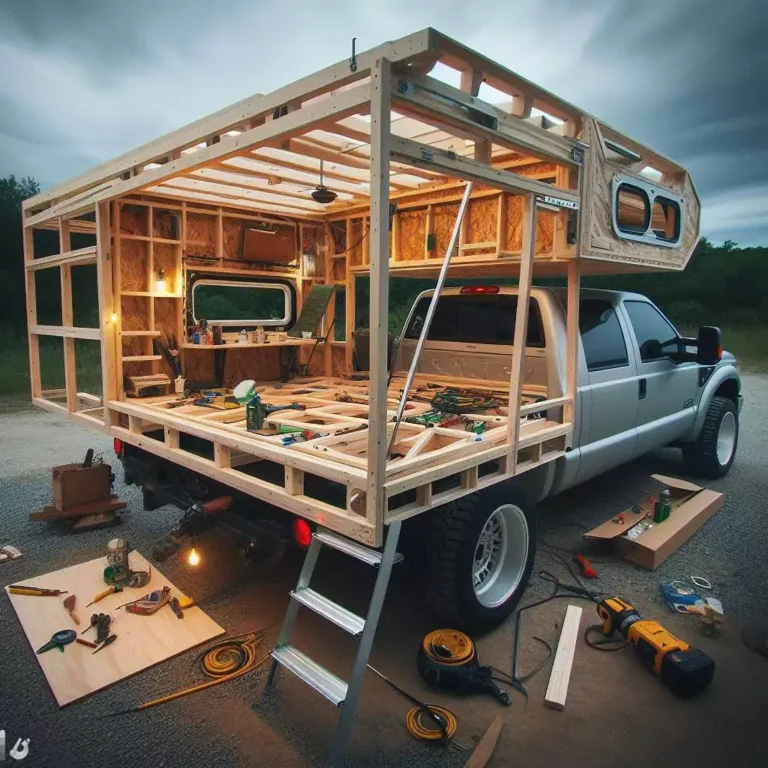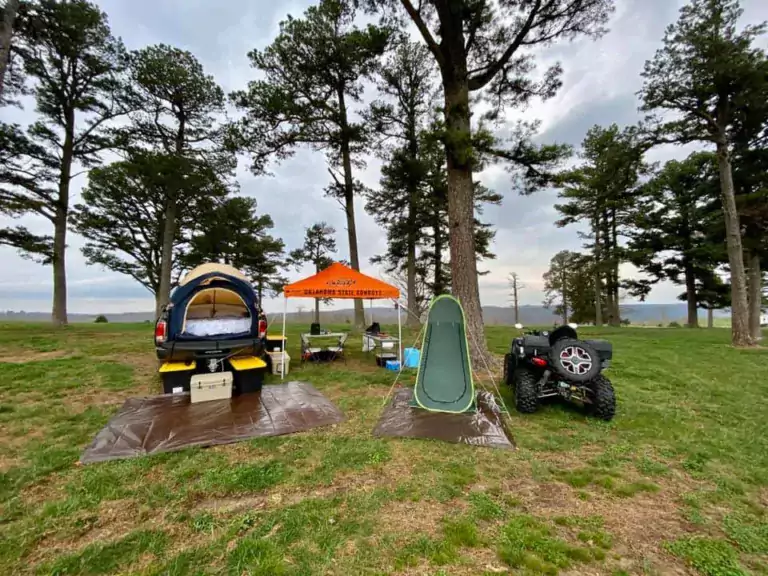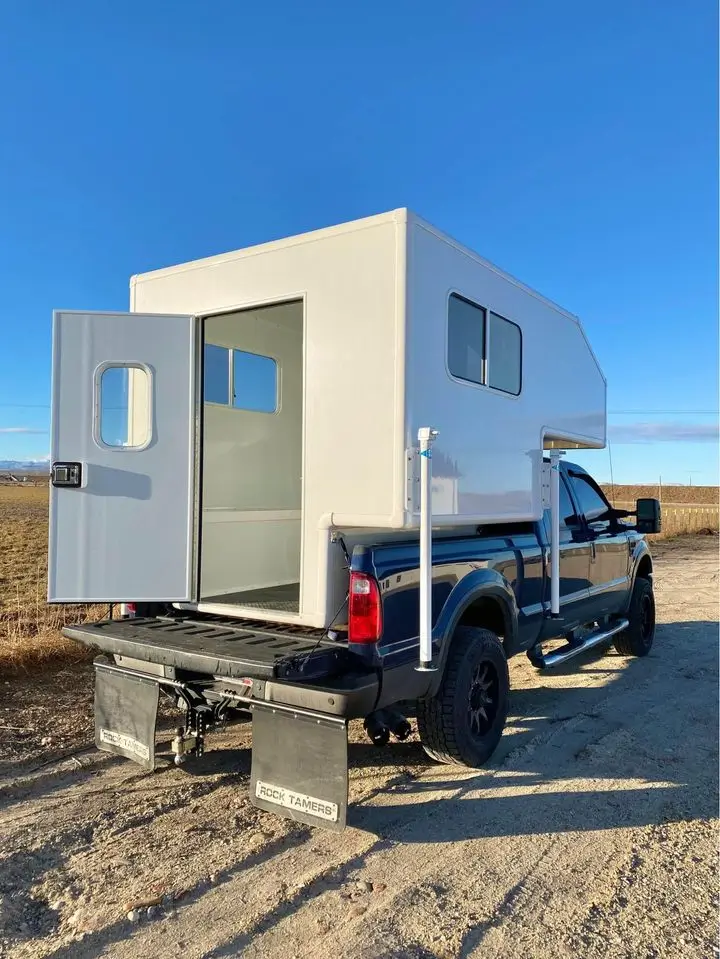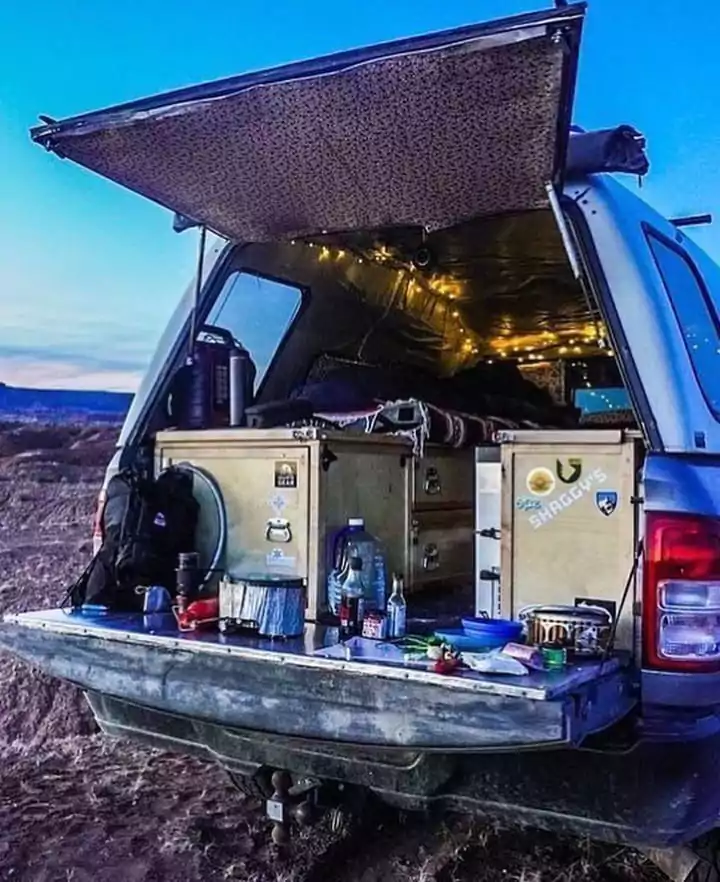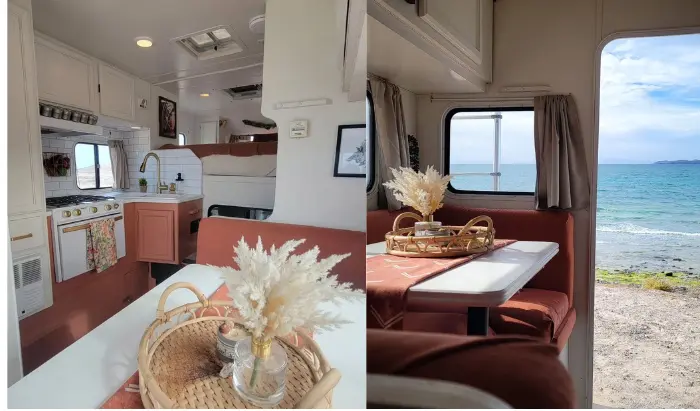What’s the Easiest Way to Measure a Truck Bed? All You Need to Know
Identifying the size of your truck bed can be valuable for many reasons. You need to know what you can carry before attempting to move anything cumbersome.
You may be planning on purchasing accessories for your truck. If you’re considering buying a bed liner, camper shell, toolbox, or tonneau cover, they’ll need to fit your truck properly. You won’t always get the desired results by eyeballing your bed size or using what the manufacturer says.
So don’t be as sick as a parrot. If you’re unfamiliar and don’t know how to measure a truck bed, look over the complete guide and learn all the tips and tricks for proper measurement.
How to Measure Truck Bed?
To accurately measure the length of a truck bed for a camper shell, the following steps should be taken: Determining the type of truck you own before measuring your truck bed is essential.
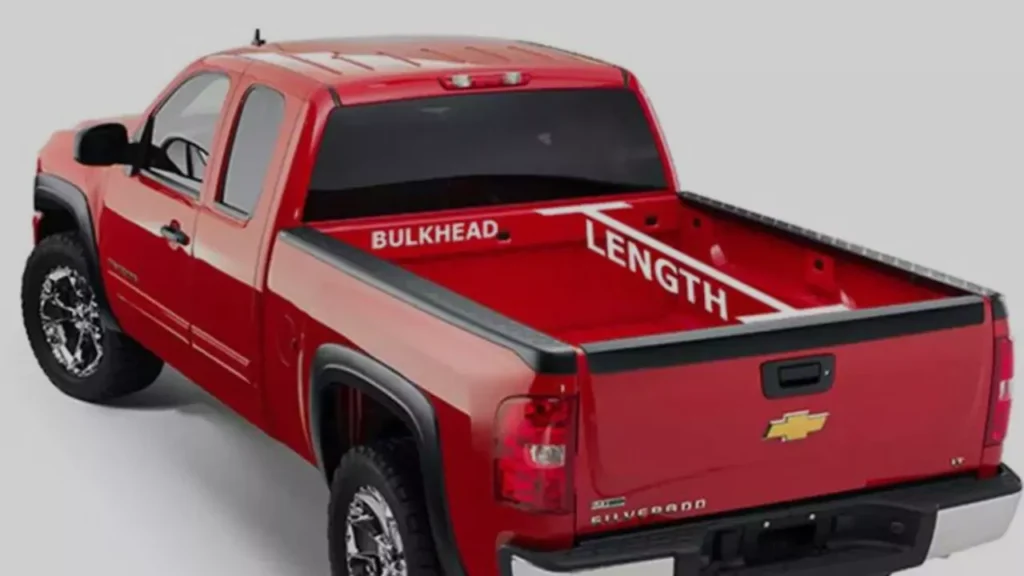
- Stepside (Chevy) or flare side (Ford)
- Regular cab
- Extended cab
- Four-door crew cab
Your truck bed length can be measured once you know what type of truck you have. A truck bed’s length is measured between the bulkhead’s inner wall and the tailgate’s inside. When you measure your bed, you may notice that some product fitment sizes will not align. For example, if your truck measures 76 inches, you can use a product designed for 6.5-foot beds.
Also, read about pop-up campers for trucks if you are measuring your truck for a pop-up camper.
Truck Bed Measurement
You must measure the distance between the outer edges of your bed rails to determine the toolbox size. When measuring for a toolbox, you should measure from one outside edge to the other outside edge.
- Typically, toolboxes have two length measurements, one for the top of the rail and one for the bottom. The more comprehensive measurement represents the top of the rail, while the narrower measurement represents the bottom.
- In addition, you need to measure the height of the walls on your truck bed. Your wall height is the distance from the bed floor to the top of the rails.
- A toolbox can be installed at the maximum height determined by measuring it.
- You should avoid oversized toolboxes that are too tall for your truck bed if you want a standard-sized toolbox to reach the floor.
- It is also essential to measure the distance between the bulkhead and the wheel wells.
- For midsize trucks, you’ll need a narrower toolbox. For side-step trucks, you’ll need a more comprehensive toolbox.
Measure For Truck Bed Liners
Measuring truck bed liners may be more complex than it depends on the type of liner you choose. Many online retailers offer a convenient option where you can enter your truck’s specifications and receive the correct size recommendations. However, if you prefer to measure yourself, you can follow these simple steps to ensure an accurate fit:
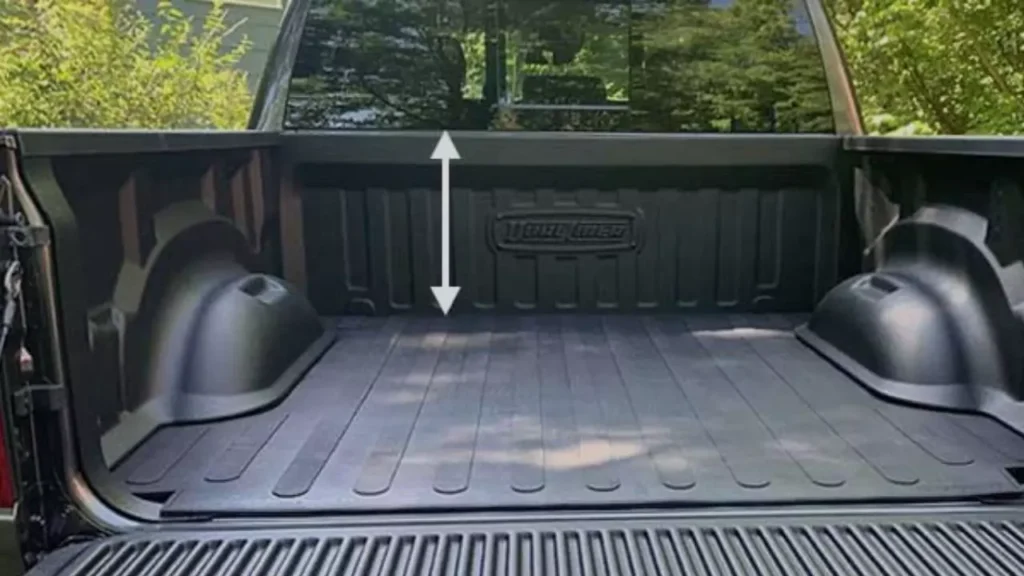
Key Features
Width: Measure your truck’s width, in inches, at the longest points. For example, the width of the tailgate or the most comprehensive section of your bed.
Length: Measure your truck’s length, in inches, along the centerline of your bed. This measurement should include the bed rails and any other accessories or features.
Depth: Measure the depth, in inches, of your truck’s bed. This measurement should include both the tailgate and the frame of the bed.
Once you have these measurements, you can calculate the approximate size required for your truck bed liner. Here’s how:
Width x Length: Multiply the length measurement by the width measurement. Also, this will give you the total surface area of the bed liner needed.
Length + Width: Add the length and width measurements together. Also, this gives you the overall length of the liner.
Length x Width x 2: Multiply the length measurement by the width measurement twice. This will give you the total area of the liner.
Depth + 2: Add two inches to the depth measurement. Then multiply this number by the previous number. This will give you the total height of the liner.
These calculations will provide a good starting point for selecting the proper size of truck bed liner. However, it is essential to note that these measurements can vary based on your truck’s specific features and dimensions.
One option that provides a more customized fit is the dual-liner system. The DualLiner system consists of four or five interlocking pieces that are made to your exact specifications to fit your truck perfectly. Also, this ensures that the liner covers the entire bed and provides a snug fit without any gaps or loose areas.
Overall, measuring for a truck bed liner can be a straightforward process, but it is essential to consider the type and brand of liner you choose. Whether you rely on online vendors or measure yourself, ensuring an accurate fit is vital to protecting your truck’s bed and maximizing its functionality.
Measure For Truck Tonneau Cover
When it comes to Tonneau covers, it is essential to ensure that the measurements match the standard dimensions of your truck bed. Unfortunately, many truck beds do not have round-numbered measurements, making finding the perfect fit challenging. For example, a short bed F-150 often has an advertised bed length of 67 inches, but the actual size is 67.1 inches.
To overcome this discrepancy, it is advisable to consult online charts that list the actual bed lengths of different vehicles. By referring to these charts, you can ensure that you choose the correct Tonneau cover size for your specific truck.
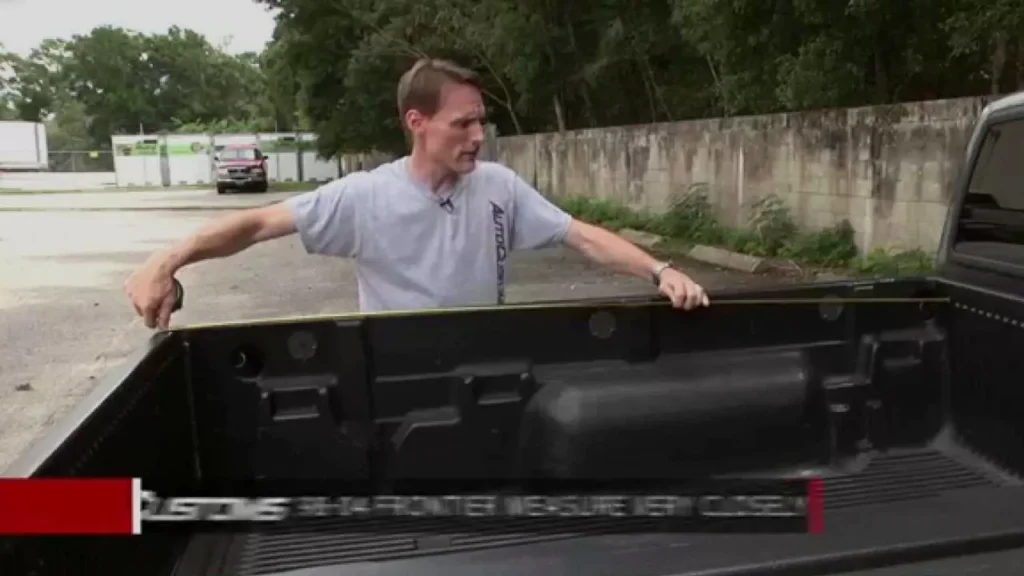
In addition to bed length, the length and width of the truck bed also need to be considered when measuring the Tonneau cover. Dividing these measurements in inches by 12 will provide us with measurements in feet. However, it is essential to note that tailgates and rail liners can sometimes distort your measurements. Therefore, it is essential to account for their thickness when coming up with your numbers to avoid purchasing an incorrectly sized Tonneau cover.
As a result, you should consider the standard dimensions of your truck bed when measuring it for a Tonneau cover and verify the advertised measurements when measuring it. Tailgate liners and rail liners can also alter the dimensions of your truck bed. Following these measurement guidelines, you can find a Tonneau cover that will fit your truck bed perfectly.
Measure For Truck ToolBox
When shopping for bed boxes, you will notice that two different length measurements are commonly mentioned. One measurement is the distance between the top portion of the box (which sits on your rails), and the other is the box’s width inside your truck bed. To decide which measurement is the most relevant, you must pay attention to the smallest of the two numbers.
The height is another consideration when choosing a bed box. It is OK to use a toolbox that is shorter than your rails. If the gap left between the bottom of the box and the bottom of the bed is minimal, it will not pose any issues.
However, if the box is too tall, you won’t be able to secure it to your rails effectively. Investigating this measurement in your decision-making process when deciding on a bed box is essential. By considering both the length of the box and the height, you can make a more informed choice and select a toolbox that meets your specific needs.
Why Do People Measure Truck Beds?
A truck bed measurement system offers numerous benefits for both individuals and businesses who own trucks. By accurately measuring the dimensions of the truck bed, users can optimize their cargo loading, transportation, and storage processes. Here are some key advantages of having a truck bed measurement system in place:
Efficient Cargo Loading and Unloading
A truck bed measurement system helps users determine the optimal loading capacity for different cargo types. By accurately measuring the dimensions of the truck bed, users can choose the size and weight restrictions for each load, ensuring that items fit securely and reduce the risk of damage during transportation.
Accurate Load Planning
Accurately measuring the truck bed allows businesses to plan their loads more effectively. By knowing the exact dimensions of the cargo, companies can calculate the load’s volume, weight, and center of gravity, enabling them to optimize truck capacity and avoid overloading. Also, this helps prevent accidents and maximizes fuel efficiency.
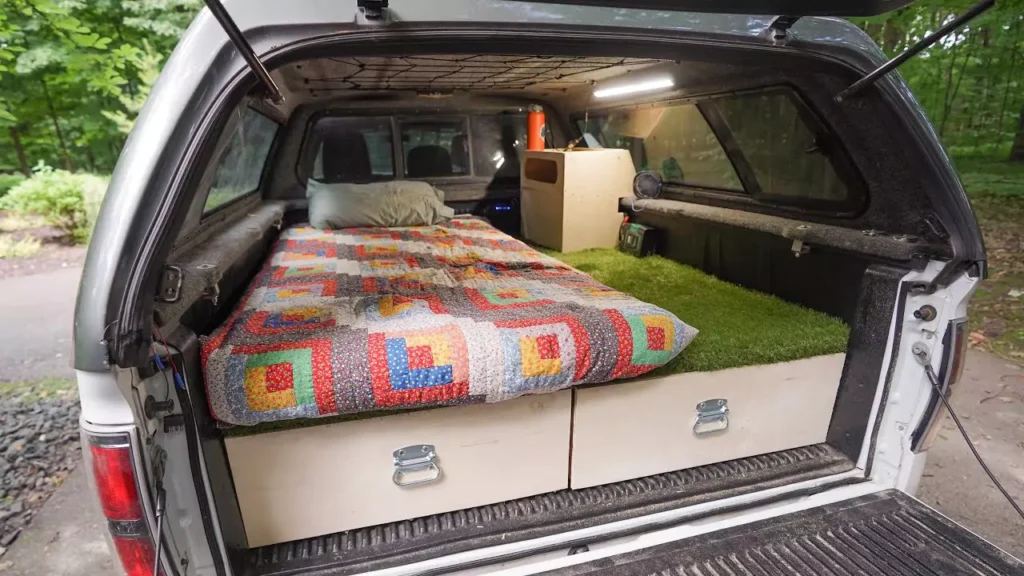
Improved Safety
An accurate truck bed measurement system promotes safety during loading and unloading operations. By knowing the dimensions of the truck bed, users can ensure cargo placement within the bed’s confines, minimizing the risk of items falling off or causing obstructions. In fact, this helps prevent accidents on the road and enhances overall safety for both truck drivers and other motorists.
Streamlined Inventory Management
For businesses involved in logistics or transportation, an accurate truck bed measurement system can be invaluable for inventory management. By accurately tracking the dimensions of the truck bed, businesses can streamline their inventory processes by accurately recording the size and weight of cargo being loaded and unloaded, enabling better inventory control and reducing the risk of errors or discrepancies.
Cost Savings
Installing a truck bed measurement system can lead to significant cost savings for businesses. By optimizing load planning and minimizing cargo waste, companies can reduce transportation costs, minimize fuel consumption, and avoid unnecessary damage during transportation. This, in turn, leads to improved profitability and sustainability.
Also read our article on truck bed camping and truck camping setup.

